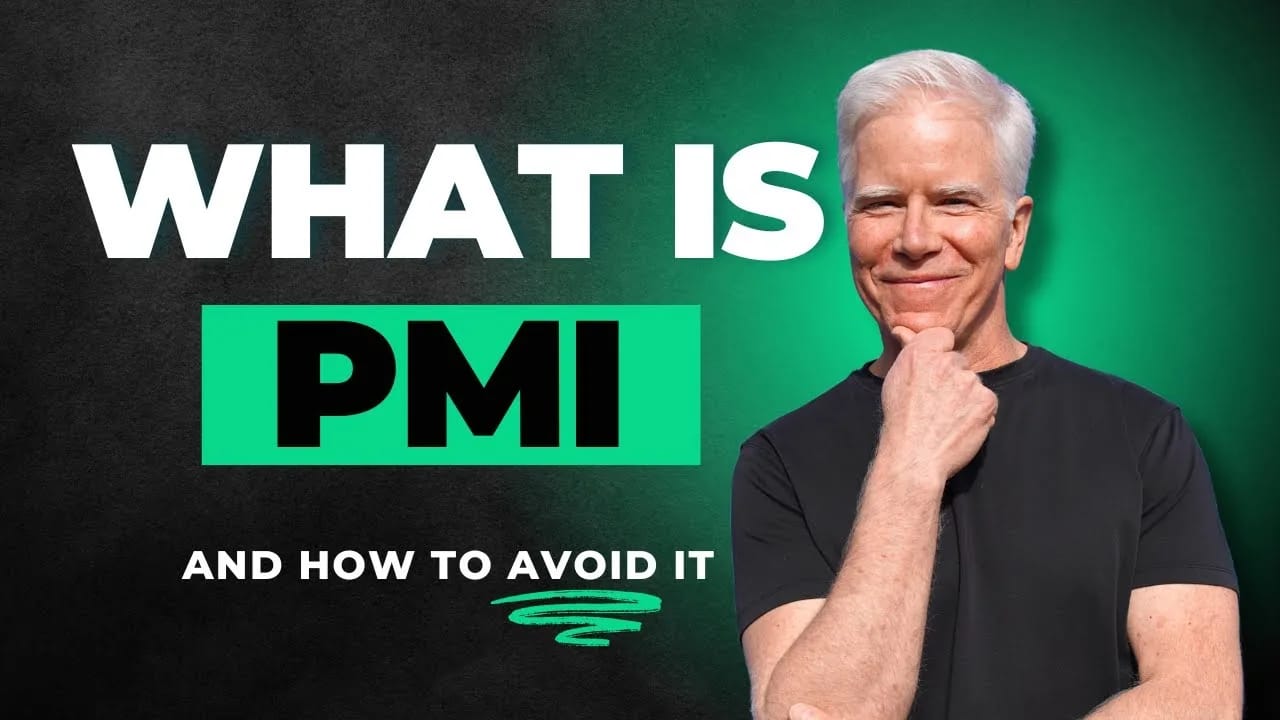What Is Private Mortgage Insurance (PMI)? How to Save Thousands as a Homebuyer
For many aspiring homeowners, private mortgage insurance (PMI) is a confusing yet critical part of the financing process. While it enables buyers to purchase a home with less than 20% down, PMI often comes with questions and misconceptions. Let’s break down what PMI is, how it works, and actionable steps to eliminate it—so you can make smarter financial decisions.
What Is PMI?
Private Mortgage Insurance (PMI) is a policy that protects lenders if a borrower defaults on their loan. You pay for it, even though it benefits the lender. PMI is typically required on conventional loans when your down payment is less than 20%. Government-backed loans (FHA, VA, USDA) have similar requirements but structure their mortgage insurance differently (e.g., FHA’s upfront and annual MIP).
What Determines Your PMI Cost?
Four key factors influence your PMI (Private Mortgage Insurance) premium:
- Down Payment:
- The lower your down payment, the higher your PMI (Private Mortgage Insurance).
- Example: A 3% down payment triggers a higher premium than 10% or 15%.
- Credit Score:
- Borrowers with lower credit scores (e.g., below 680) pay more.
- Top-tier rates often require a score of 780+.
- Loan Type:
- Fixed-rate loans have lower PMI (private mortgage insurance) than adjustable-rate mortgages (ARMs), as fixed payments pose less risk.
- Loan Size:
- PMI is calculated as a percentage of your loan amount (typically 0.3%–1.5% annually).
- Example: A $500,000 loan might have a $150–$625/month PMI cost.
How to Pay for PMI: 3 Options
- Monthly Premium:
- Most common option. Added to your mortgage payment.
- Lender-Paid PMI:
- The lender covers PMI (private mortgage insurance) but raises your interest rate.
- Caution: Higher rates last for the loan’s life, even after reaching 20% equity.
- Single Premium PMI:
- Pay a lump sum upfront.
- Creative tip: Negotiate for the seller to cover this cost.
How to Remove PMI: 4 Proven Strategies
- Automatic Cancellation:
- PMI drops off once your loan balance reaches 78% of the original home value.
- Request Removal at 80% LTV:
- When you hit 20% equity, contact your lender to cancel PMI.
- Appraisal for Increased Value:
- If your home appreciates, pay for an appraisal to prove higher equity.
- Example: A $500 appraisal fee could save $100/month in PMI—paying for itself in 5 months.
- Refinance:
- Refinance into a new loan with ≥20% equity to eliminate PMI.
- Best when rates are lower, but can work even with similar rates.
PMI: A Strategic Tool, Not a Penalty
While PMI (Private Mortgage Insurance) adds cost, it enables homeownership sooner—a critical advantage in rising markets. Consider this:
- Buying now with 5% down on a $400,000 home (with PMI) vs. waiting 5 years to save 20% on a $500,000 home.
- PMI costs may pale in comparison to price appreciation and years of equity growth.
Key Takeaway: PMI isn’t “evil”—it’s a trade-off for entering the market earlier. Plan to remove it through equity growth or refinancing.
Subscribe to our newsletter!
Related Posts
- Mortgage Strategy 2025: Navigating the Future of Real EstateThe real estate market is constantly evolving, and as we look ahead to 2025, it’s clear that both homeowners and investors need a solid mortgage strategy to navigate the challenges and opportunities ahead.
- How a Mortgage Actually WorksThe world of real estate can feel overwhelming, especially if you’re new to it. With so many terms and concepts to grasp, buying a home might seem like a daunting
- How to Get Out of a MortgageIf you’re feeling stuck in your mortgage or simply exploring your options, you’re not alone. Many homeowners in the United States and United Kingdom find themselves wondering how to get out of a mortgage.
- How to Qualify for a Mortgage with Student Loan Debt in 2025Buying a home is a significant milestone, but for millions of Americans carrying student loan debt, the path to homeownership can feel daunting. The good news? Qualifying for a mortgage
- Mortgage Rates UpdateHey everyone, Dan Freo here with your Closing Bell update for February 14th, 2025. Today, we’re diving into the national deficit, mortgage rates, bond market reactions, and equity movements. But
